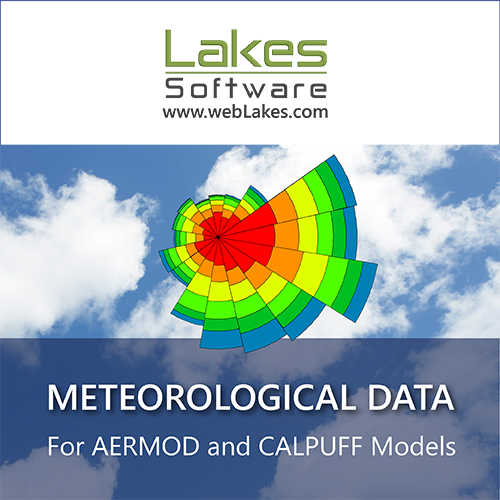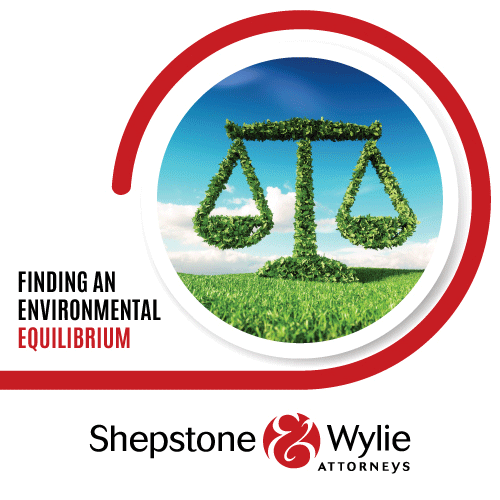Aerosol particle morphology of residential coal combustion smoke
DOI:
https://doi.org/10.17159/caj/2014/24/2.7064Keywords:
Particle morphology, coal combustion, conglomerates, particulate matter, soot, smokeAbstract
A study carried out at the University of Pretoria characterised aerosol particle morphology of residential coal combustion smoke. The general approach in this study was on individual particle conglomerations because the radiative, environmental, and health effects of particles may depend on specific properties of individual particles rather than on the averaged bulk composition properties. A novel, miniature denuder system, developed and tested at the University of Pretoria, was used to capture particle emissions from the coal fires. The denuder consists of two silicone rubber traps (for gas phase semi-volatile organic compound monitoring) in series separated by a quartz fibre filter (for particle collection). The denuders were positioned 1 m away from the fire and were connected to pumps that sampled ~5 litres of air over a 10 min sampling interval. A JSM 5800LV Scanning Electron Microscope with a Thermo Scientific EDS was used to analyse the structure and morphology of different aerosol samples from the quartz fibre filters. Eight samples from the different fire lighting methods were selected for SEM analysis. The punched samples were sputter coated with gold for ~15 minutes using a K550 Emitech Sputter Coater. Results show that apart from the fine and ultra-fine particles, coal smoke from domestic burning also contains aerosols greater than 5 μm in diameter. Consequently, we describe the potential for generation of ‘giant’ carbonaceous soot conglomerates with outer diameters of 5 to 100 μm. However, the exact mechanism for formation of such large soot conglomerates remains to be determined. We also describe the presence of spherules and solid ‘melted toffee’ irregular surfaces. Circumstantial evidence is used to postulate and discuss the possible modes of formation in terms of condensation, and partial melting. This work provides a description of the modes of formation and transformation of conglomerates originating from low temperature (<8000C) coal combustion.
Downloads
Downloads
Published
How to Cite
Issue
Section
License

All articles are published under a Creative Commons Attribution 4.0 International License; copyright is retained by the authors. Readers are welcome to reproduce, share and adapt the content without permission provided the source is attributed.








.png)